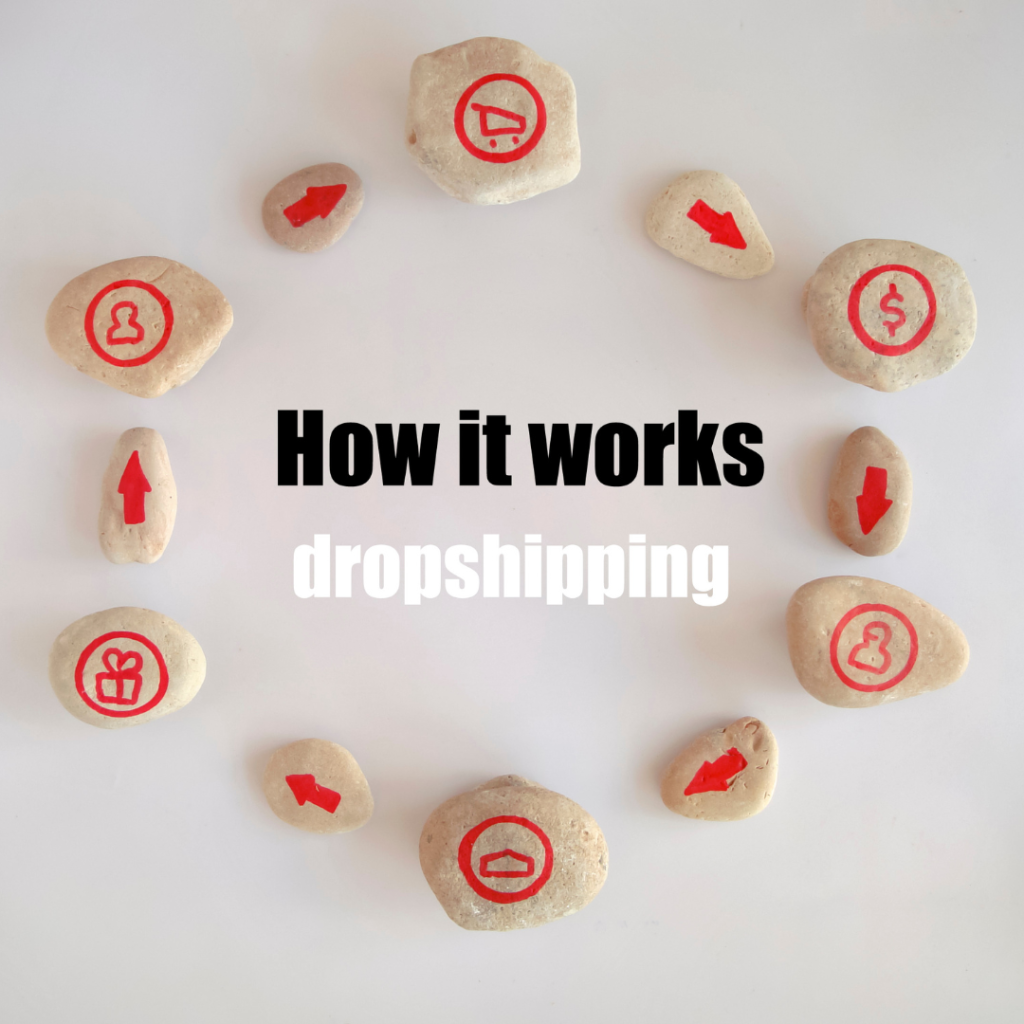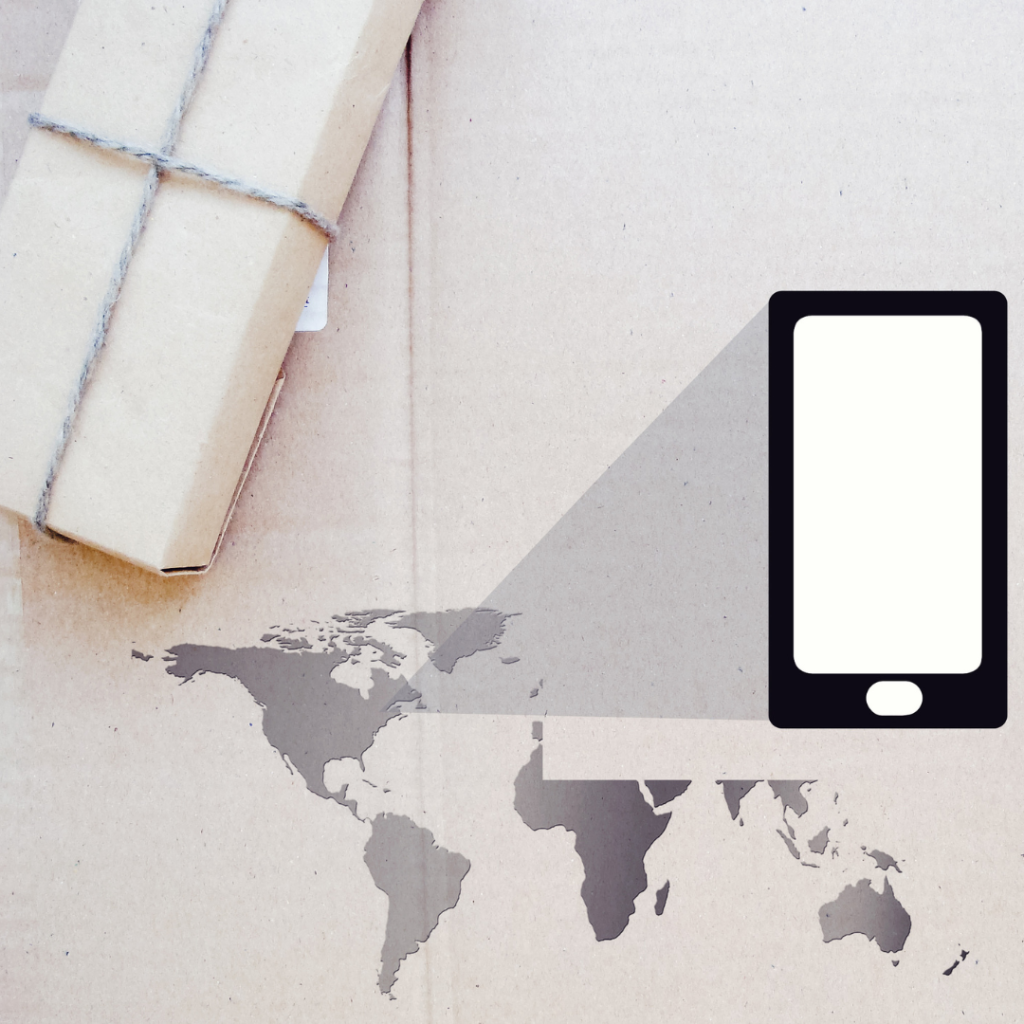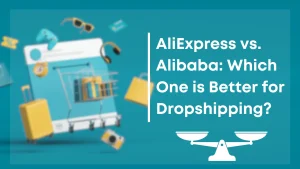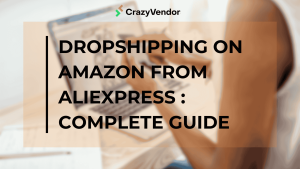Dropshipping has arisen as a popular business model in the fast-paced world of e-commerce, allowing businesses to sell items without the headache of managing inventory or delivery. This technique entails collaborating with suppliers that handle order processing, shipping, and customer support, enabling you to concentrate on marketing and sales. One of the most typical techniques to dropshipping is to use Amazon as the principal supplier, taking use of its extensive product catalog, established brand awareness, and efficient delivery infrastructure.
A Comprehensive Guide to Dropshipping from Amazon to Shopify
Dropshipping has arisen as a popular business model in the fast-paced world of e-commerce, allowing businesses to sell items without the headache of managing inventory or delivery. This technique entails collaborating with suppliers that handle order processing, shipping, and customer support, enabling you to concentrate on marketing and sales. One of the most typical techniques to dropshipping is to use Amazon as the principal supplier, taking use of its extensive product catalog, established brand awareness, and efficient delivery infrastructure.
Dropshipping is a retail fulfillment technique in which the seller does not hold stock of the things it offers. When a consumer puts an order, the seller simply buys the item from a third party and ships it directly to the buyer. Dropshipping is a terrific method to start an internet business without worrying about inventory or shipping.
Using Amazon as a supplier is a common technique to dropship. Amazon boasts a large product range, reasonable rates, and speedy shipping. To locate things to sell on your Shopify store, you may utilize Amazon’s Product Advertising API.

Dropshipping from Amazon to Shopify
To dropship from Amazon to Shopify, you must to accomplish the following:
- Create a seller account on Amazon.
- Obtain permission in your product category (if required).
- Set up a Shopify store.
- Integrate your Amazon account with Shopify.
- In Shopify, create Amazon product listings.
- Promote your items.
- Effective Marketing Strategies
- Customer Service Excellence
- Monitoring and Optimizing
Creating a Seller Account on Amazon
- To open an Amazon seller account, you must give some basic information about yourself and your company. You must also select a sales strategy. Individual and Professional selling programs are offered. Individual plans start at $29.99 a month and let you sell up to 40 products per month. The Professional plan costs $39.99 per month and lets you sell an unlimited number of products.
- Create an Amazon seller account and select the best selling plan for your company volume.
- To guarantee a smooth and compliant operation, thoroughly examine and comply with Amazon’s Seller Policies.
Obtaining Approval in Your Product Category (if Required)
- To sell some things, such as electronics, books, and jewelry, Amazon needs merchants to obtain permission. To obtain permission, you must present evidence proving that you are allowed to sell the items you wish to offer.
Developing a Shopify Store
- To start a Shopify store, you must first register a Shopify account. Shopify provides a 14-day free trial so that you may test it out before committing to a subscription plan.
- Create a Shopify account and choose a price plan depending on your company’s needs.
- Create an appealing and user-friendly storefront that reflects your brand identity and the preferences of your target audience.
Integrating Your Amazon Account with Shopify
- There are several methods for linking your Amazon account to Shopify. The most straightforward method is to utilize an Amazon integration app from the Shopify App Store. There are various Amazon integration apps available, so you may select the one that best meets your requirements.
- To link your Amazon seller account to your Shopify store, use an Amazon integration app from the Shopify App Store.
- Ensure that product listings, price, and inventories are always up to current by automating data synchronization between Amazon and Shopify.
Using Shopify to Create Amazon Product Listings
- You may begin producing product listings after your Amazon account is linked to Shopify. You may either build product listings manually or use an app to import them from Amazon. After you’ve made a product listing, you’ll need to decide on a pricing and shipping method.
- Product listings should be optimized with high-quality photos, clear product descriptions, and competitive pricing.
- To improve product exposure in search engine results, use relevant keywords and descriptive phrases.

Selling Your Products
- After you’ve generated your product listings, you’ll need to start promoting them. Social networking, email marketing, and paid advertising are all effective strategies to sell your items.
Marketing Strategies That Work
- To reach your intended consumer base, use customized marketing efforts across social media platforms, email marketing, and paid advertising.
- Use social media influencers and affiliate marketing to increase your reach and trust with potential consumers.
Excellent Customer Service
- To handle concerns, fix difficulties, and build great customer connections, provide timely and responsive customer service.
- Implement a streamlined order fulfillment procedure to assure on-time delivery and happy customers.
Monitoring and Optimization
- Track critical data like as website traffic, conversion rates, and customer interaction on a regular basis to find opportunities for development.
- To maximize your dropshipping company, always improve your marketing techniques, product selection, and price.
Additional Tips for Dropshipping Success:
- Creating a Unique Brand Identity: Create a distinct brand identity that distinguishes your store from rivals and resonates with your target audience.
- Managing Returns and Refunds: To manage any product returns or refunds, provide clear return procedures and provide efficient customer care.
- Protecting Yourself from Risks: To avoid any bans or limitations, familiarize yourself with Amazon’s dropshipping policy and verify compliance.
- Diversifying Your Product Selection: Avoid over-reliance on a single product or source by diversifying your product selection. Diversify your product catalog to lessen your dependency on a single supplier.
- Continuous Learning and Adaptability: To keep a competitive edge, stay up to date on the newest dropshipping trends, technologies, and market dynamics.

Conclusion
Dropshipping from Amazon to Shopify may be a profitable e-commerce enterprise, allowing you to run a thriving online business without the hassles of inventory management or fulfillment. You may construct a profitable dropshipping business that generates steady revenue and a loyal client base by following the thorough guide and using smart techniques.
Please keep in mind that dropshipping from Amazon to Shopify is not without danger. If you breach Amazon’s terms of service, you may be barred from selling on their site. You may also have to deal with refunds and customer service difficulties.
Overall, if done correctly, dropshipping from Amazon to Shopify may be a successful company.





